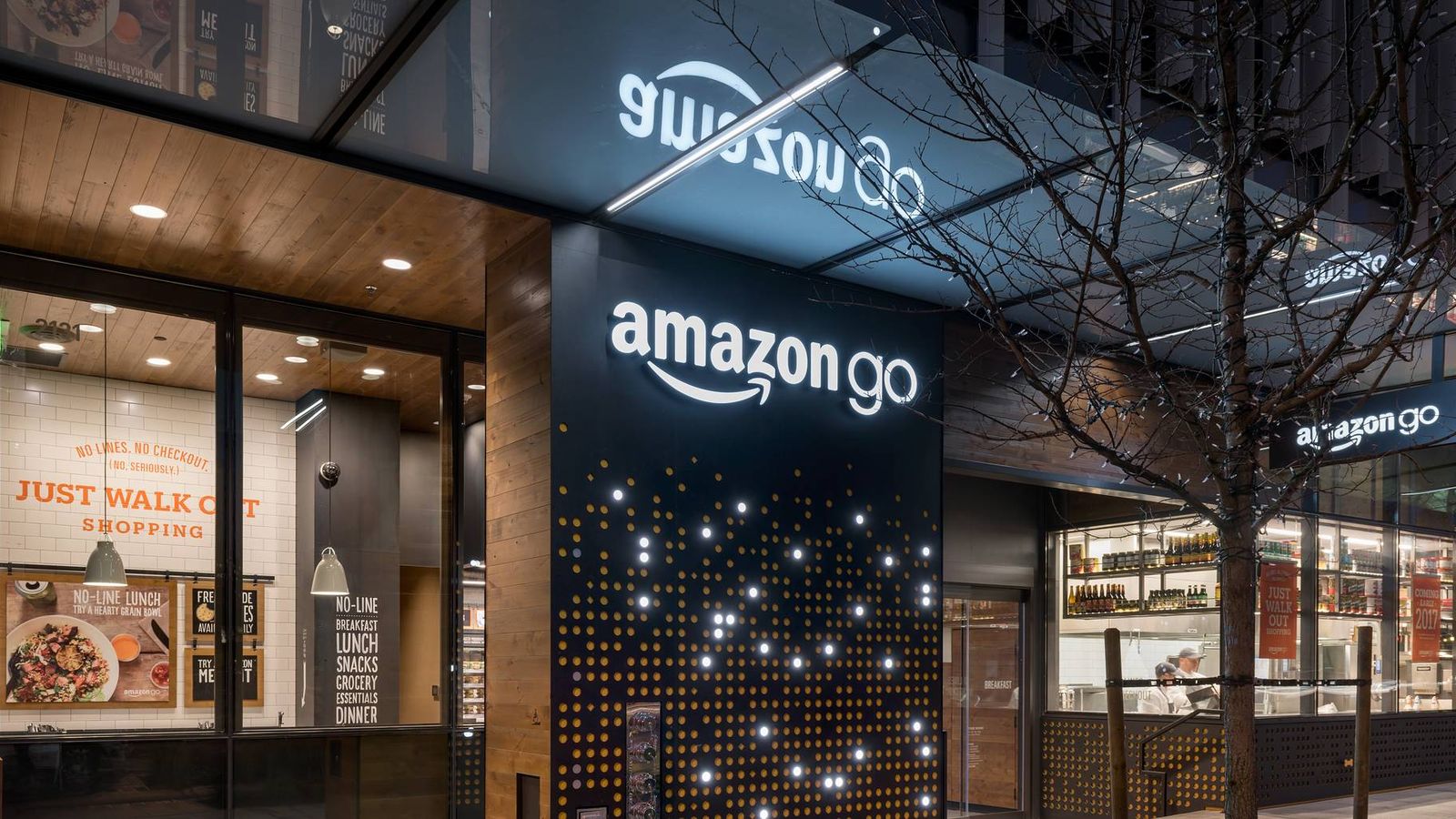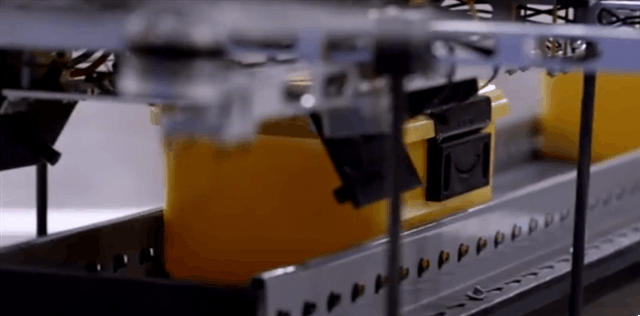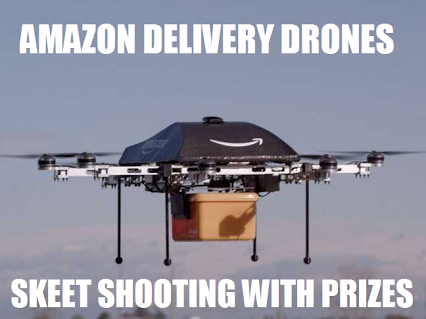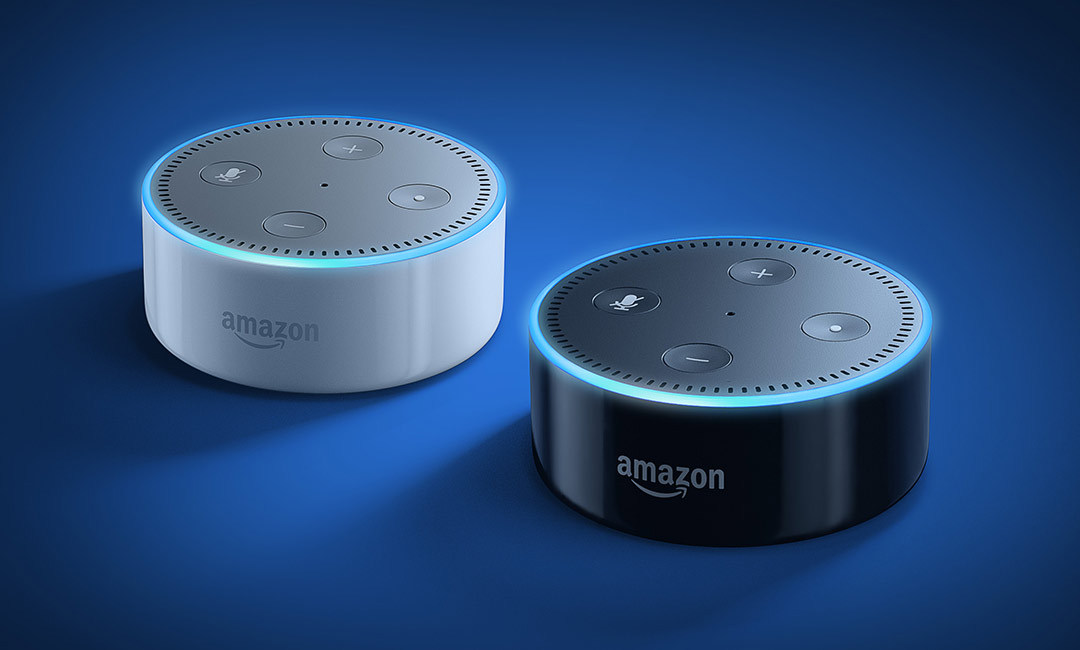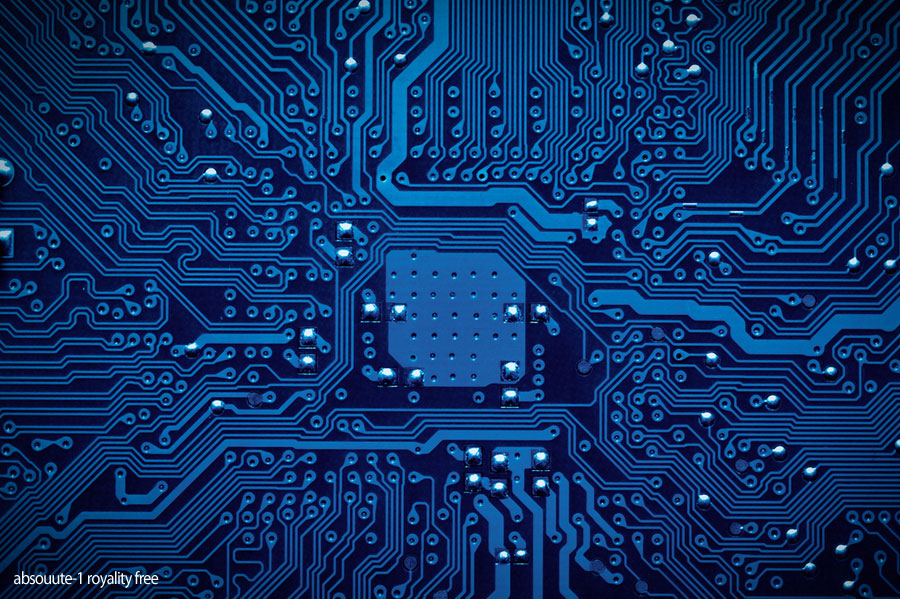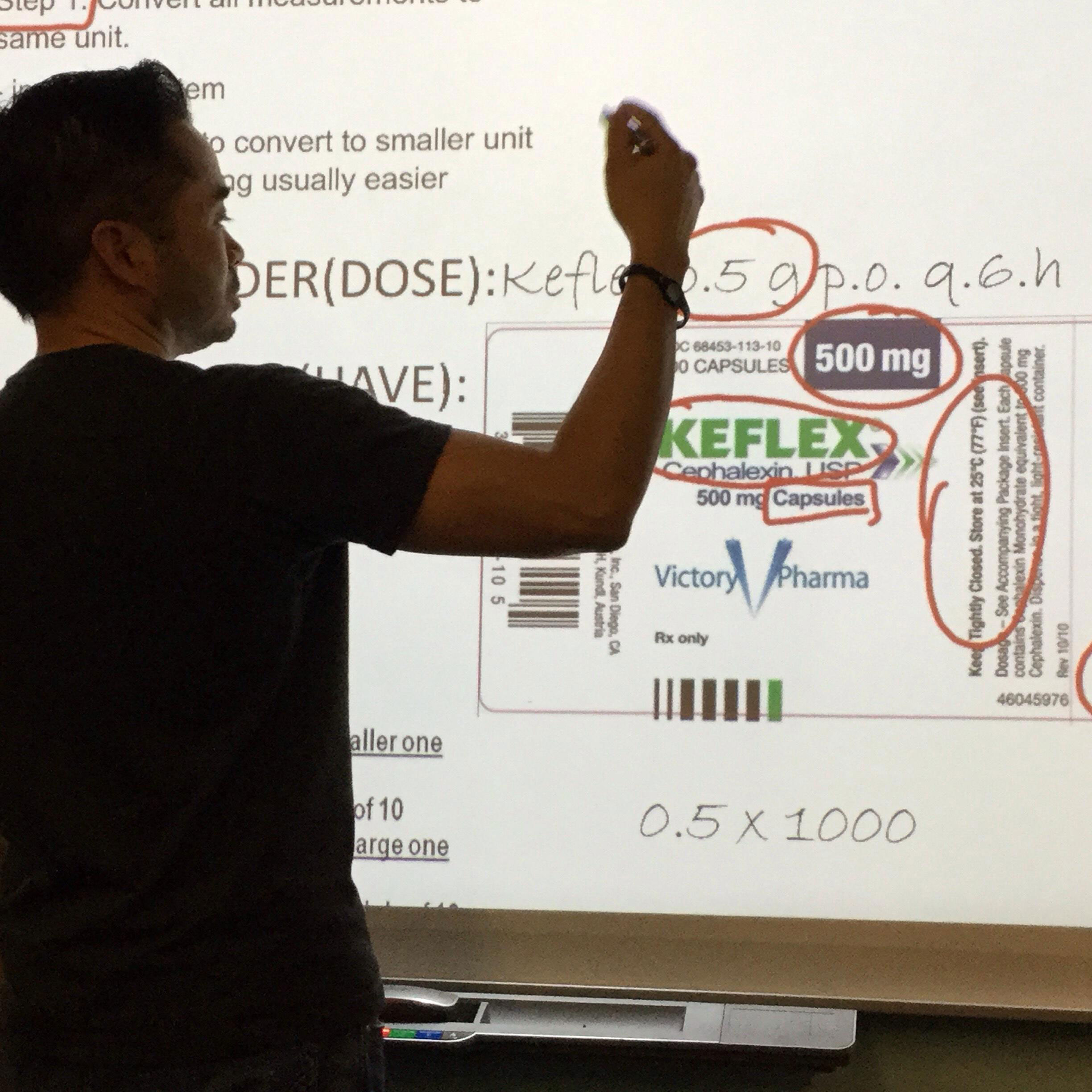Amazon has recently opened a real-world retail location that, using advanced censors and camera recognition technology, customers can walk in, take what they want and walk out with no checkout or lines.
While it’s easy to look at this advancment in awe, with thoughts of the Jetsons and Minority Report, what does this mean to the retail industry? What does this mean to consumers? And what do these developments mean for Amazon? What benefits do they get – positive and negative?
Amazon’s Adventures in Automization
Amazon’s not new to trying to auomate and optimize their service and process. Over their history they’ve had some hit and miss ideas in order to improve effectiveness and remove overhead for many different aspects of their business.
Factories/Fulfillment
Many of these attempts to optimize Amazon’s operations seem very focused on reducing or eliminating a particular faction: Humans. One of these human replacing experiments was in their foray into warehouse automation. Utilizing specialized and networked warehouse robots that perform a wide range of tasks lets Amazon save money on salaries while getting your purchase shipped as quickly as possible.
These robots, known as Amazon Kiva robots after Amazon purchased the original robotic automation firm Kiva, has started a robot arms race.
According to Bloomberg:
Dave Clark, the retailer’s senior vice president of worldwide operations and customer service, estimated the addition of the bots reduced operating expenses by about 20 percent. According to an analysis by Deutsche Bank, adding them to one new warehouse saves $22 million in fulfillment expenses. Bringing the Kivas to the 100 or so distribution centers that still haven’t implemented the tech would save Amazon a further $2.5 billion.
The world’s biggest retailers, including Wal-Mart Stores Inc., Macy’s Inc., and Target Corp., have yet to populate their warehouses with widespread robotic systems but are racing to do so.
Drone Shipping
Still on the topic of robots, another amazon automation concept to further cost cutting and speed up their fulfillment is shipping utilizing drones.
Amazon’s seeming vision is to make the business as autonomous as possible. If Amazon’s drone program succeeds it could transform the company’s cost structure and bring sweeping changes to the world’s biggest retailers.
Analysts at Deutsche Bank projected that drones could effectively reduce the unit cost of each Amazon delivery by about half. If that happens, the economic threat to competitors would be punishing — “retail stores of today would cease to exist,” Deutsche’s analysts suggested, and we would live in a world more like that of “The Jetsons” than our own.
While the technology doesn’t seem quite there yet, another hurdle for Amazon in order to make drone delivery a reality will be public opinion.
As with all of their attempts at using technology to alter your purchasing experience and the Commerce landscape, they sprung their drone delivery plans on the public for some feedback – leading to many amusing reactions. The future of Amazon Drone delivery will be an interesting one.
One-click Dash Button
Other than using technology to get products to you quicker, Amazon is also focusing on using technology for you to order more quickly, more often and less “painfully”. One method being their Amazon One-click Dash buttons.
These Internet-connected devices let customers reorder paper towels, laundry detergent, toilet paper and more from a long line of popular brands by merely clicking a button. While it would be easy to see how these buttons could provide a benefit to the customer (ease of use, etc.), the perks to Amazon are extensive.
Making it easier for their customers to order is an obvious benefit but I think the more interesting one is a perk to the eCommerce giant that they seem to be focusing on in a wide-range of their tech projects. Including the new Amazon Go Stores. Further separating their customers from the “pain” of transaction itself.
Spending cash hurts. Putting it on a credit card hurts a little less. One-click checkout? Their average customer will barely give the spend a second thought.
Amazon Echo
This lack of spending “pain” is even more so the case for their hands-free, voice-controlled smart home devices, the Amazon Echo.
With the Echo, a customer can simply request for a purchase to be made and it’s done. No physical interaction is even required.
A more worrying aspect of the Echo, and a consideration for all tech that becomes so integrated into your daily life, is data collection. From the Echo, the amount of data that they can collect about their particular customers is staggering. While the Echo and devices like it provide plenty of conveniences, it’s always listening. And not just listening, but recording and saving many of the things you say.
Retail and grocery stores look to track your data as well. Items like membership cards and reward cards allow retail locations to look at your purchasing history and other related data in order to know how to move froward with advertising and more.
Companies like Amazon, Facebook and Google have already been known to log your normal web activity and have been doing so for years. With it they’re able to target specific products tailored to you and more.
Their Latest Experiment: Amazon Go
Amazon Go is Amazon’s attempt to revolutionize brick-and-mortar stores in the same way that it did online shopping. But there’s most likely more to it then what it initially appears to be…
Other than the immense benefit of licensing out this technology to retailers that will need it once their customer base is expecting it, the immense benefits of data collection of every customers purchasing habits as well as further separating the customer from the transaction makes the Amazon Go store the next logical step for Amazon to stay at the top into the future.
What do you think about Amazon Go? How do you see it changing commerce in the future and how do you think the average Joe would take to the tech?
Share in the comments below.
This Youtube video above was by the great Youtube channel Nerdwriter1. Below is some further reading on the subject offered by Nerdwriter1:
- Recode first discovered the patents in 2015:
We May Have Just Uncovered Amazon’s Vision for a New Kind of Retail Store
http://www.recode.net/2015/3/30/11560… - NYTimes, “Amazon’s Cloud Business Lifts Its Profit to a Record”
http://www.nytimes.com/2016/04/29/tec… - Quartz, “Amazon Web Services is the financial life preserver that Amazon desperately needs”
http://qz.com/821060/amazon-web-servi… - Geekwire, How ‘Amazon Go’ works: The technology behind the online retailer’s groundbreaking new grocery store”
http://www.geekwire.com/2016/amazon-g…
- Brian Rommele’s writing on Amazon Go:
http://www.forbes.com/forbes/welcome/… - The Atlantic, “The Unbelievable Power of Amazon’s Cloud”
http://www.theatlantic.com/technology… - Fast Company profile on Bezos from 2013, also about Amazonfresh, which will benefit greatly from the data acquired from Amazon Go:
https://www.fastcompany.com/3014817/a… - Amazon Go means more than just job losses, it will restructure the economy
https://www.theguardian.com/sustainab…



